The Secret Behind ‘Impulse Buy’
Strategies to open customers’ purses
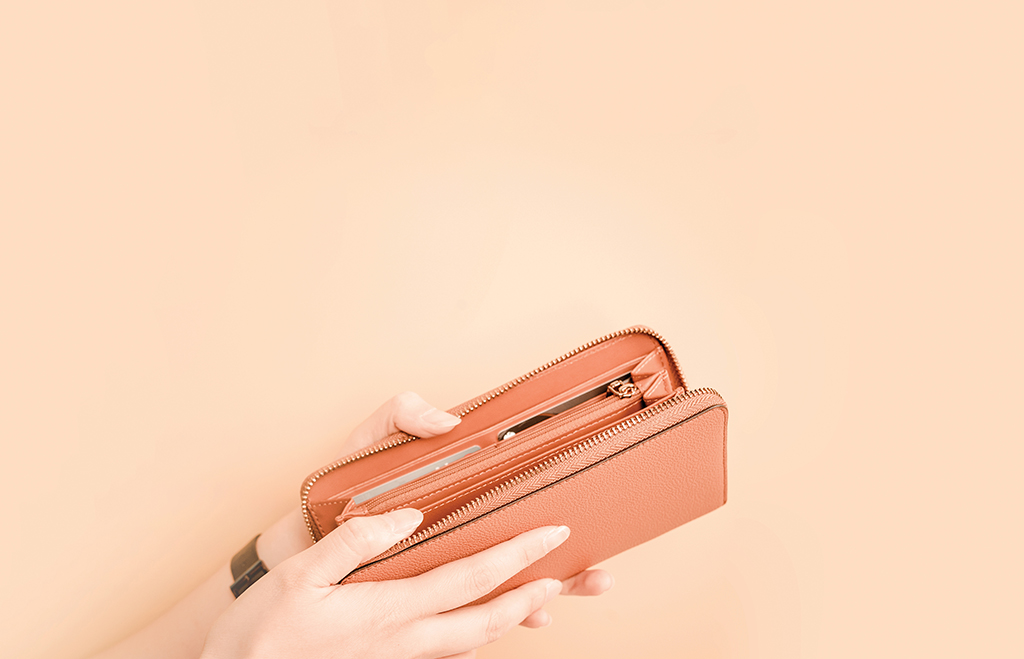
We’ve all had that time when you make a purchase and later wonder “Why did I buy this?”
According to consumer market research firm OnePoll, three out of four Americans make impulse purchases and spend an average of $314 on impulse purchases each month. Impulsive buying is more than just having a feeling of “wanting to buy something”; it is a behavior that can only be explained by a complex set of psychological and social factors. In this article, we’ve covered strategies for retailers to increase sales by understanding the causes and psychology of impulse purchases.
The causes and psychology behind impulse buying
Starting with the idea of “a gift for me,” impulse purchases are driven by attractive prices, eye-catching designs, attachment to familiar brands, curiosity about new things, and the desire to take advantage of a good deal. Shopping can temporarily relieve stress or fatigue, which is why it’s sometimes referred to as “retail therapy,” which refers to the experience of fulfilling emotional needs through shopping. In impulse buys, consumers buy something that is not what they need right now, so it’s important for retailers to provide a pleasant shopping experience and tailored strategies for customers.
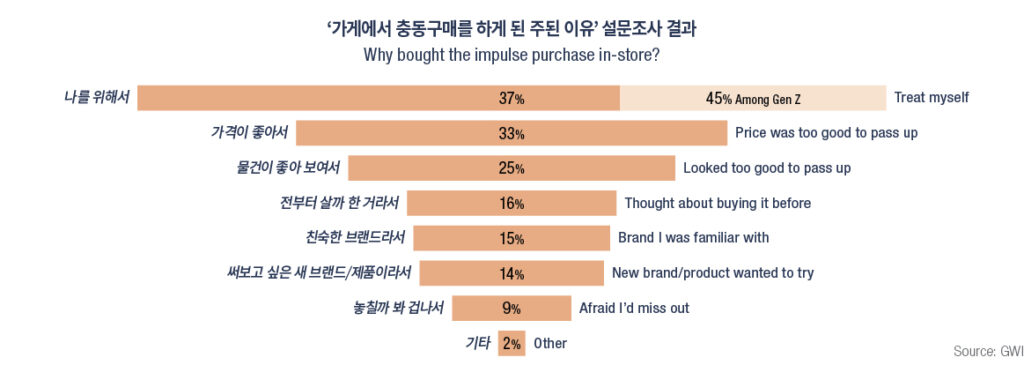
Psychology of the biggest impulse buyers, Gen Zers
Gen Zers are the most heavily exposed group to social media, so they’re sensitive to trends, which naturally leads to impulse buying. (For reference, Gen Z composes 78% of all TikTok users as of 2024.) With so much information at their fingertips, they’re also fearful of missing out on great opportunities and spend 38% more time on social media than other generations. This habit leads to spending to reward themselves and influences their purchase decisions. Even a single exposure to the product on social media can have an influence on the purchase. Retailers must be equipped to stay on top of trends and engage with consumers on a consistent basis through social media.
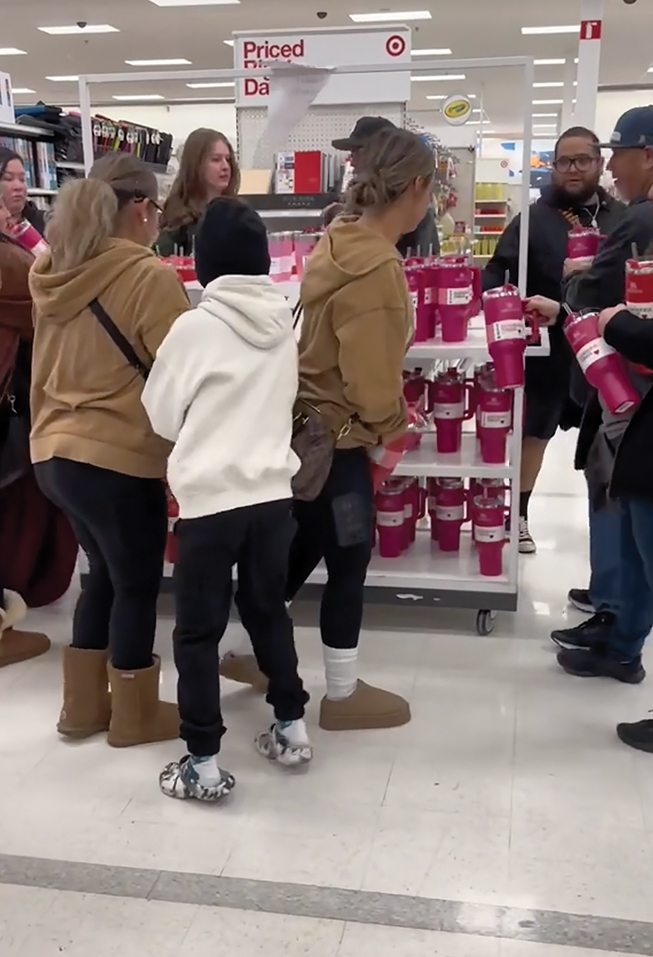
ⓒ TIKTOK VICTORIA_ROBINO_26
People are rushing to buy 2024 Valentine’s Day Limited-edition Stanley tumblers in a Target store, which went viral on social media.
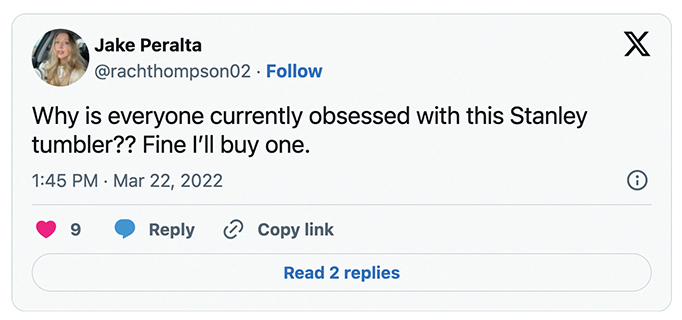
ⓒ X Jake Peralta
A post on X, formerly known as Twitter, regarding the trend of Stanley tumblers online. It’s also known as the bandwagon effect, and it’s a good example of social psychology explaining Gen Zers’ feeling of not wanting to be left behind.
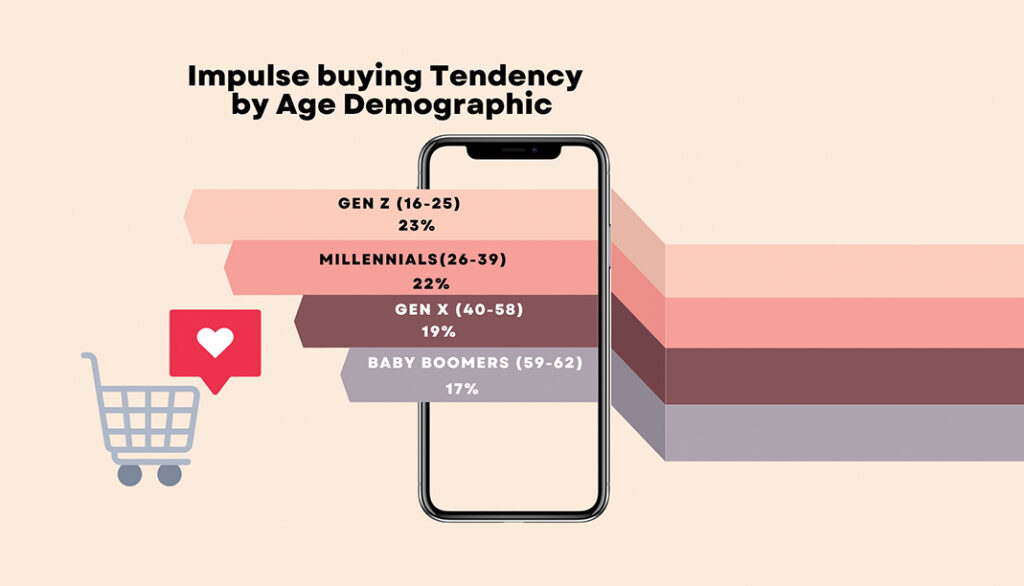
According to a statistics about impulse buying tendencies by age group, Gen Zers (16-25) have the highest impulse buying tendency at 23%, followed by Millennials (26-39) at 22%. The tendency to impulse buy decreases with age, with 19% of Gen Xers (40-58) and 17% of Baby Boomers (59-64).
Five ways to drive impulse buys in retail
01. Upselling: a strategy for encouraging consumers to buy a higher-end product.
Upselling is a strategy that encourages customers to purchase a higher-quality and higher-priced product, and it’s a way to increase profitability through personalized product recommendations.
There are many tactics for successful upselling, and “the rule of 3″ is one of the most popular. It’s a strategy where you offer a customer three options: a basic product, an alternative item of higher quality and price, and a premium product that may be beyond the customer’s budget and try to get them to choose the middle one. This is effective because people tend to avoid extremes and make decisions more easily when given options.
Consider placing products to upsell next to your basic offerings, or making tailored recommendations to customers who show interest in a product. Upselling is an effective way to increase sales, but it should be planned with the customer’s budget in mind and should not exceed 125% to 150% of the price of the product that the customer was originally planning to buy in order to keep them happy in the long run.
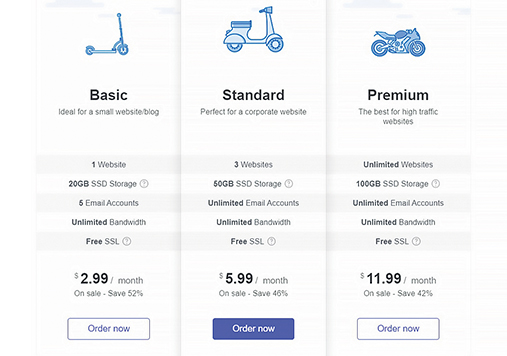
ⓒ Codecanyon
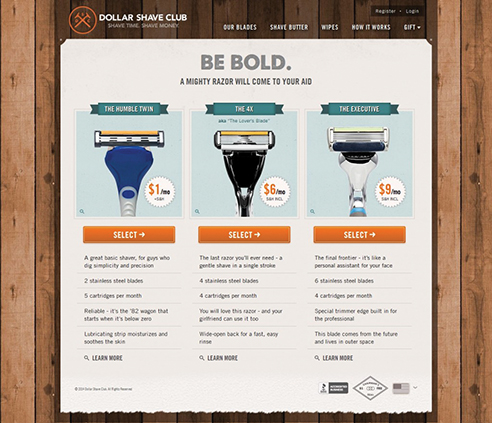
ⓒ The Dollar Shave Club
Examples of “the rule of three” marketing
02. Cross-selling strategies to increase sales by selling items together
Cross-selling is a strategy where you place related products together to encourage customers to buy more than one. If you’ve ever shopped online, you’ve probably seen the phrase “frequently bought together” and even had the experience of buying items from the suggestions after realizing your needs for such items. This strategy reminds customers of the products they need and makes the buying process more exciting and fulfilling by helping them discover more than what they simply need. You can utilize the same strategy offline. Below are a few merchandise placement strategies.
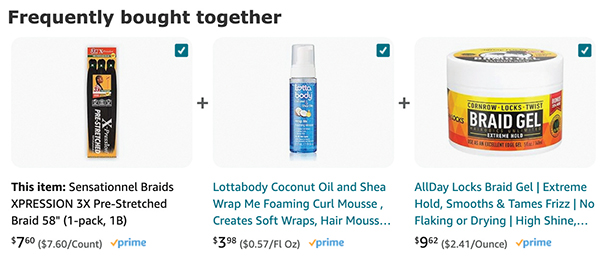
ⓒ Amazon
Amazon’s cross-selling practice: frequently-bought-together suggestions
03. Bringing upselling and cross-selling into your store displays
Keep items frequently bought together close to each other: For this strategy, you’ll need to monitor the items that customers frequently purchase together to display them close together. In doing so, you not only make shopping more convenient for customers but also increase the average purchase amount.
Utilize the “golden zone” for higher-margin products: Consumers are more likely to purchase products in the “golden zone,” which is at eye level, so you can place higher-margin products on eye-level shelves to boost profit.
Seasonal displays: This is where you place products together based on seasonal needs, such as prom, Valentine’s Day, and Back-to-school. You’ll bring together a wide variety of seasonal goods and encourage people to find and buy more than what they were looking for. It’s also a good idea to look at your POS data from last year and group your best-selling products for the season together.
Leverage your best sellers: Place alternatives to popular products that shoppers are already familiar with and products that can be used together with the best sellers.
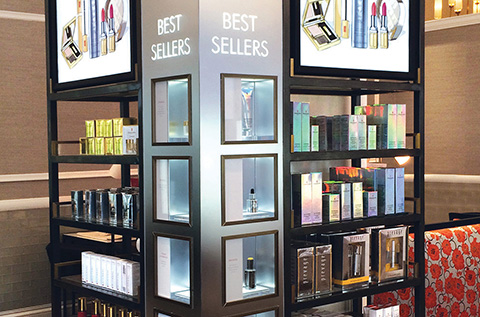
ⓒ Array Marketing
04. “It’s now or never”: a sense of urgency drives impulse buying.
A sense of urgency, such as exclusive discounts and purchase limits, can drive consumers to impulse buy. These tactics create a fear that someone else will take the last product, which pressures customers to make a quick decision. This is a common strategy in most online and brick-and-mortar stores.
05. The peak of impulse buying, the evening hours
Flash sales are similar to limited time deals, where a limited number of products are sold on a first-come, first-served basis for a limited time. In such a marketing strategy, the choice of time of day to promote a product can have a huge impact on a customer’s purchase decision. With respect to impulse buying, people’s behavior to seek changes or try something new tends to be suppressed in the morning and picked up again in the evening throughout the day. Taking advantage of this finding, organizing flash sales around evening hours can play a crucial role in getting customers to buy more.